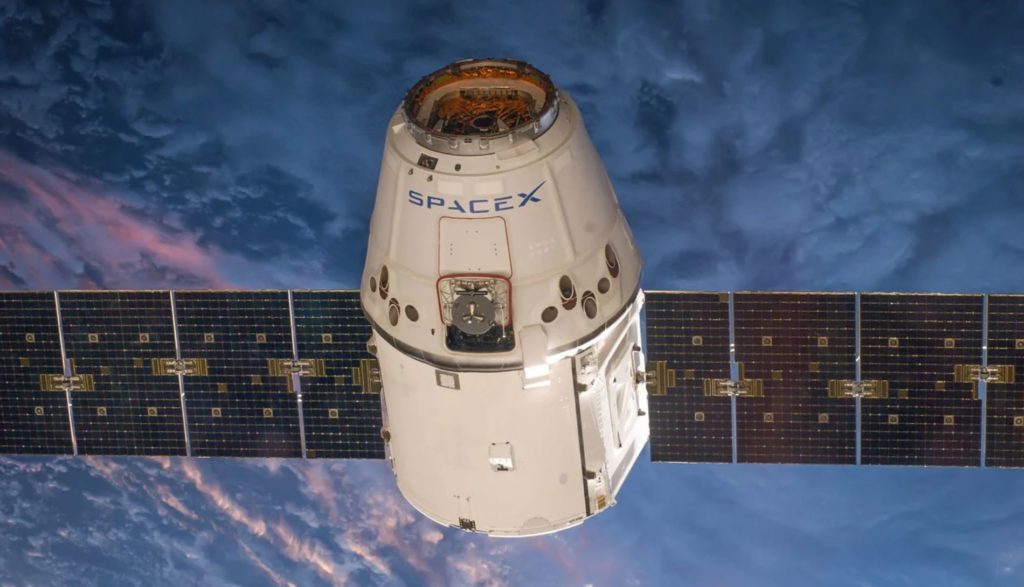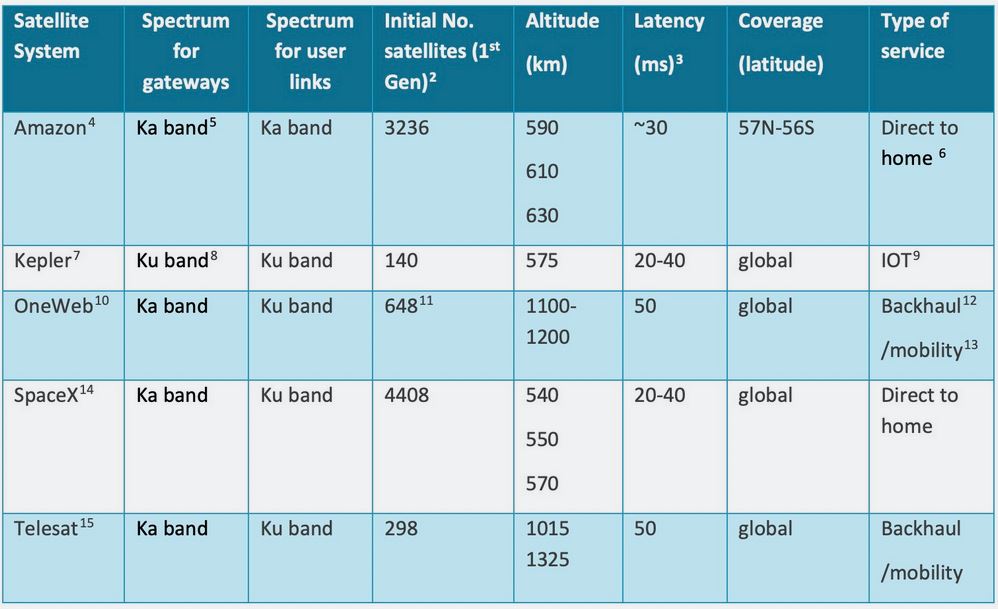 By B.N. Frank
By B.N. Frank
Numerous experts continue to warn against the launching of tens of thousands of telecommunication satellites (see 1, 2, 3, 4, 5, 6, 7, 8, 9, 10). Nevertheless, companies are still getting approval to launch more of them in the U.S. and worldwide (see 1, 2, 3, 4, 5, 6, 7, 8) except for in South Africa where they discovered 5G satellites were causing dangerous interference issues. A government agency in the UK is now concerned about interference issues as well.
From Ars Technica:
UK worries Starlink and OneWeb may interfere with each other, plans new rules
Ofcom says complexity of giant satellite networks raises interference concerns.
A UK government agency is worried that OneWeb, SpaceX’s Starlink, and similar low Earth orbit (LEO) satellite-broadband systems could block each others’ signals.
Ofcom, the UK’s communications regulator, proposed new rules today in a report that details its interference concerns. Ofcom also said it intends to amend satellite licenses already issued to SpaceX and OneWeb to require coordination of frequency use. Without new requirements, the risk of interference could prevent competition by shutting new players out of the market, Ofcom said.
Non-geostationary satellite orbit (NGSO) systems are more complex than the traditional geostationary type because they use hundreds or thousands of satellites, Ofcom noted. “Satellite dishes need to track these satellites as they move across the sky, unlike existing satellite networks, where the dishes are fixed pointing at a single satellite which is stationary in the sky,” the Ofcom report said. Because so many low-Earth-orbit satellites are being launched, “there is a risk of satellites from two different operators appearing to be in the same part of the sky,” causing interference known as “in-line events” in which multiple operators’ satellites are lined up in the sky, Ofcom wrote.
This interference can affect uplink and downlink transmissions between satellites and user terminals that serve individual homes, the report said. The interference can also affect links between satellites and the Gateway Earth stations that connect to the Internet backbone.
“Since NGSO satellites are moving relative to each other and relative to the ground, in-line events may individually only be brief, maybe a few seconds,” Ofcom wrote. “However, if an in-line event occurs and causes interference, it may take longer for the terminal to reconnect to the network. The interference could continue to repeat over time, reoccurring in a regular pattern which will depend on the orbits of the respective systems.”
Outages from interference
Users could lose service when there’s interference to either the user terminal or gateway earth stations, but interference to a gateway station would affect many more users. “[T]he impact of interference on gateway links would be much greater than on individual user links as each gateway provides connectivity for many users (perhaps hundreds or thousands of users depending on the design of the system), so a loss of connection due to interference at the gateway will be experienced more widely across the network,” Ofcom wrote.
Gateway Earth stations operated by different companies “are likely to require large minimum separation distances” of tens of kilometers to avoid interference, Ofcom wrote. In contrast, “multiple GSO [geostationary satellite orbit] gateways can be located on a single site” without causing harmful interference to each other.
The Ofcom report listed five NGSO constellations that are planned or already semi-operational. The biggest example is SpaceX, which is offering beta service from 1,500 already-launched satellites and has over 4,400 satellites planned for its initial phase. Amazon’s Kuiper division hasn’t launched a satellite yet, but it has 3,236 satellites planned in its initial phase, the report noted.
OneWeb—which is co-owned by the UK government and Bharti Global—has launched over 200 satellites and has plans for 648 satellites in its initial phase. Telesat and Kepler round out the list, with plans for 298 and 140 satellites, respectively.
Here’s the Ofcom chart listing low-Earth-orbit satellite networks:
If you are opposed to 5G satellites, there is an online petition you may sign and share.
Activist Post reports regularly about unsafe technology. For more information visit our archives and the following websites.
- 5G Space Appeal
- Stop 5G International
- WhatIs5G.info
- Americans for Responsible Technology
- Environmental Health Trust
- Physicians for Safe Technology
- Wireless Information Network
Image: Pixabay
Become a Patron!
Or support us at SubscribeStar
Donate cryptocurrency HERE
Subscribe to Activist Post for truth, peace, and freedom news. Follow us on Telegram, SoMee, HIVE, Flote, Minds, MeWe, Twitter, Gab, Ruqqus , GETTR and What Really Happened.
Provide, Protect and Profit from what’s coming! Get a free issue of Counter Markets today.


Be the first to comment on "Gov’t Agency Worries about Starlink and OneWeb: “complexity of giant satellite networks raises interference concerns.”"